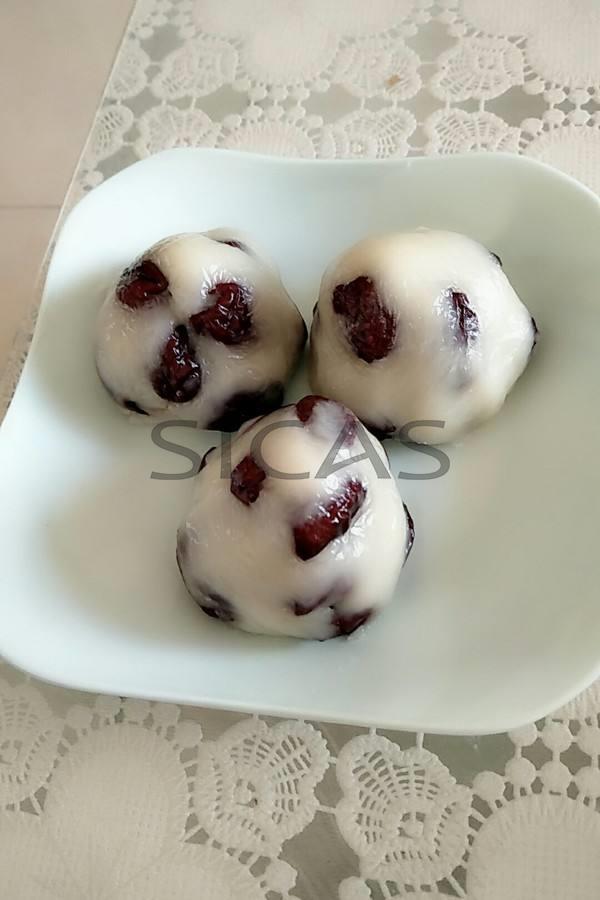


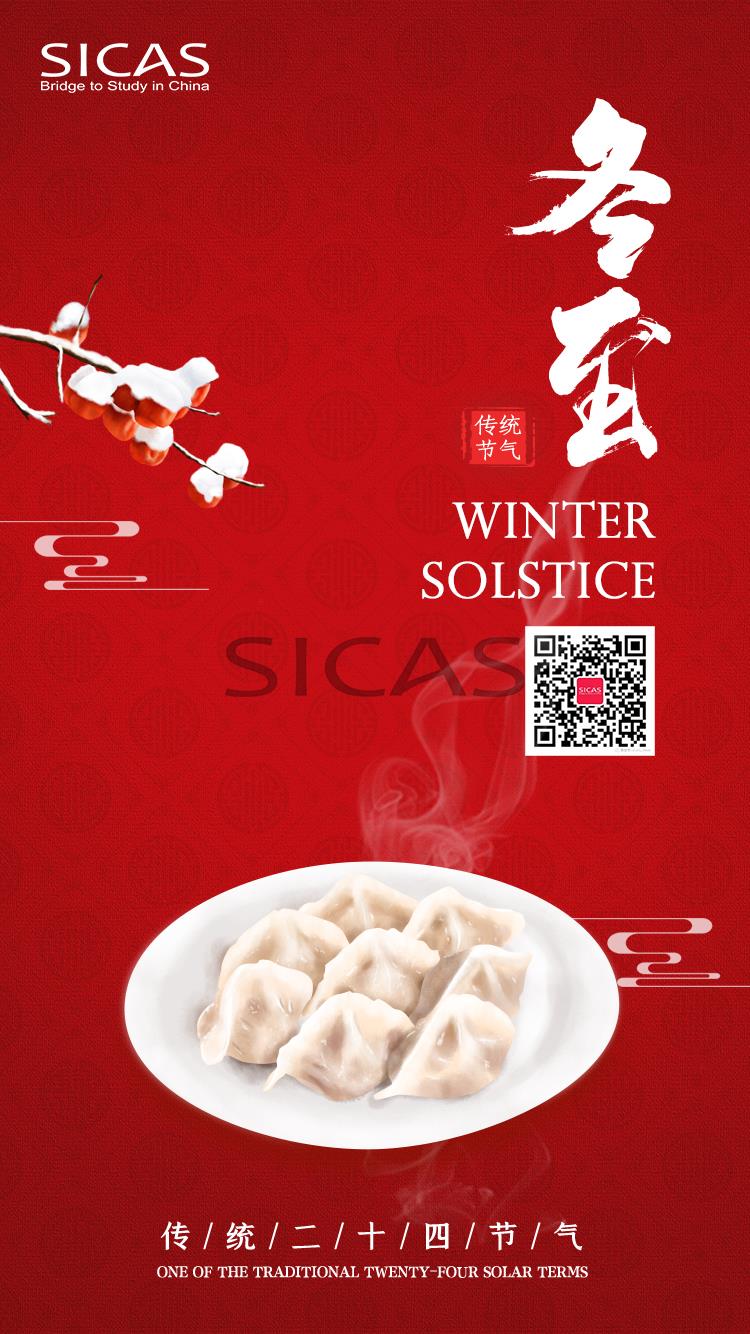
Traditional Chinese medical science teaches that the quality of a nut is tepidity and most nuts have the function of nourishing the kidneys and strengthening the brain and heart.
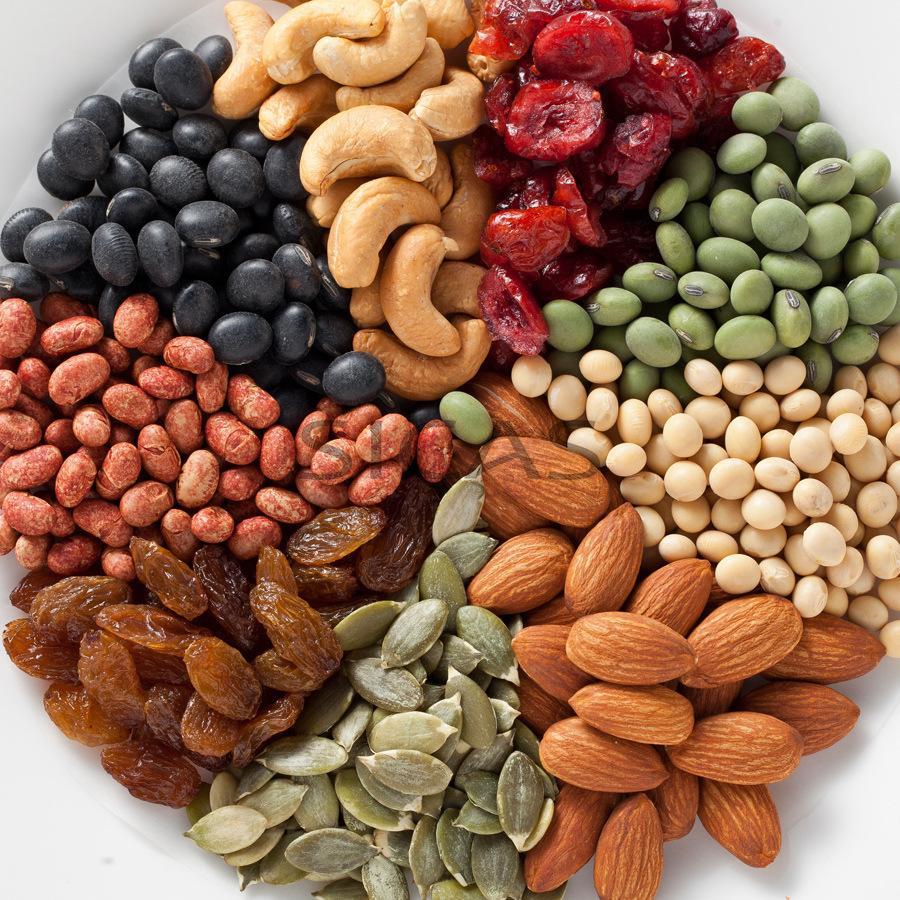
During Winter Solstice in North China, eating dumplings is essential to the festival. There is a saying that goes "Have dumplings on the day of Winter Solstice and noodles on the day of Summer Solstice."
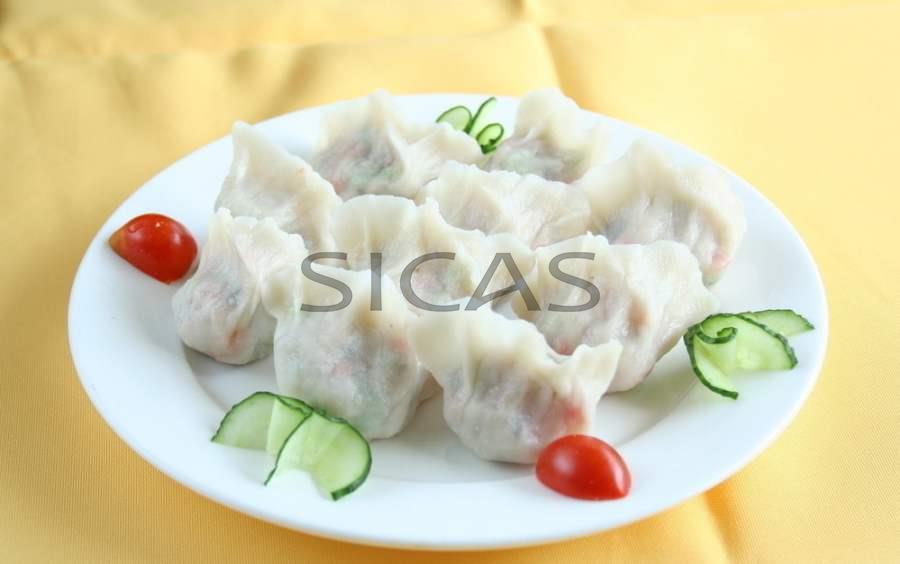
Local legend has it that on the midwinter feast 2,500 years ago, the King of Wu (one of the states during the Western Zhou Dynasty and the Spring and Autumn Period) was tired of all kinds of costly foods and wanted to eat something different. Then, the beauty Xishi came into the kitchen to make "wontons" for the king. He ate a lot and liked the food very much.
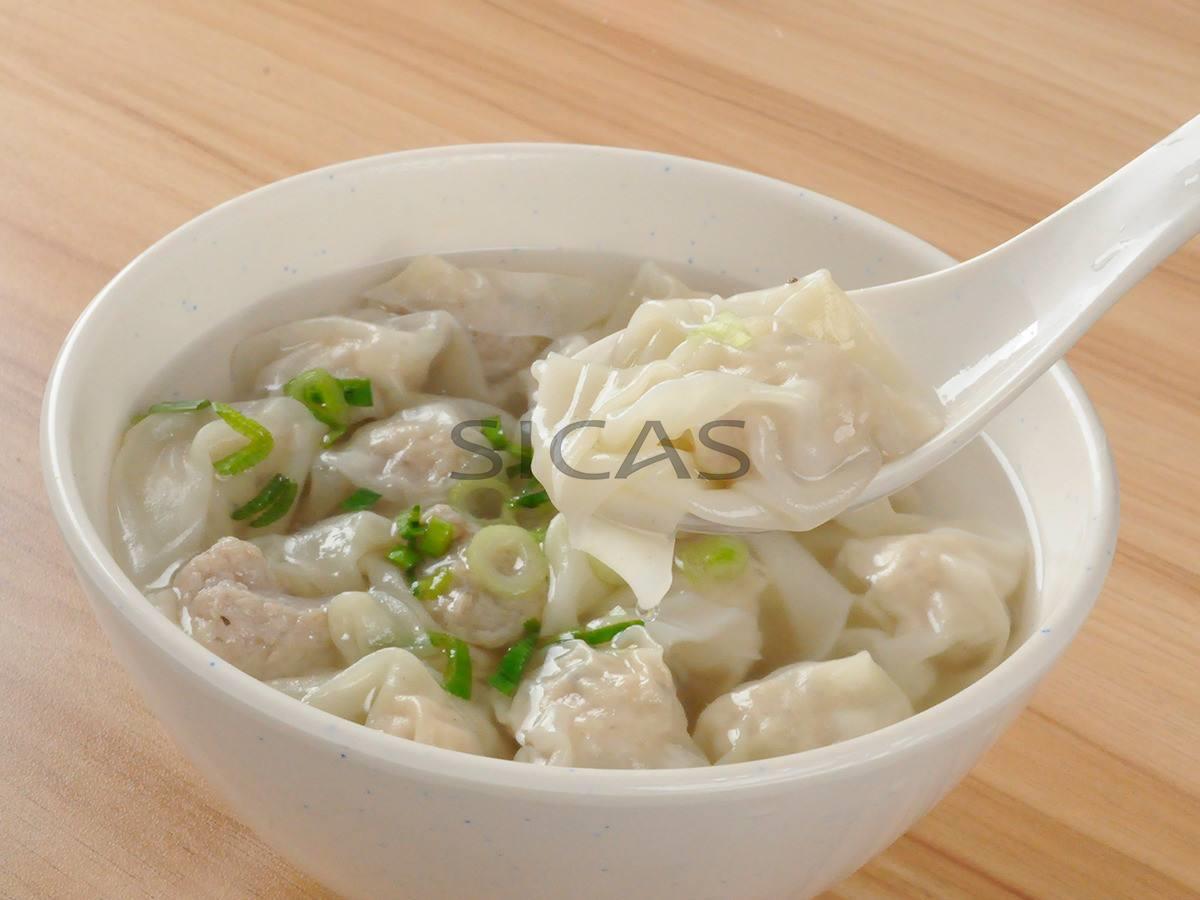
In many places, people eat tangyuan, a kind of stuffed small dumpling ball made of glutinous rice flour to celebrate Winter Solstice.
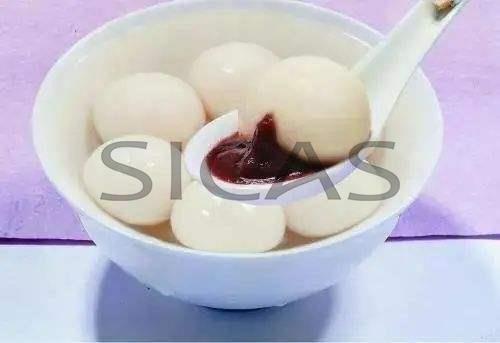
On that day, it is customary for people there to eat mutton and vermicelli soup and soup dumplings. They give the midwinter soup a strange name: "brain",and share it with their neighbors.
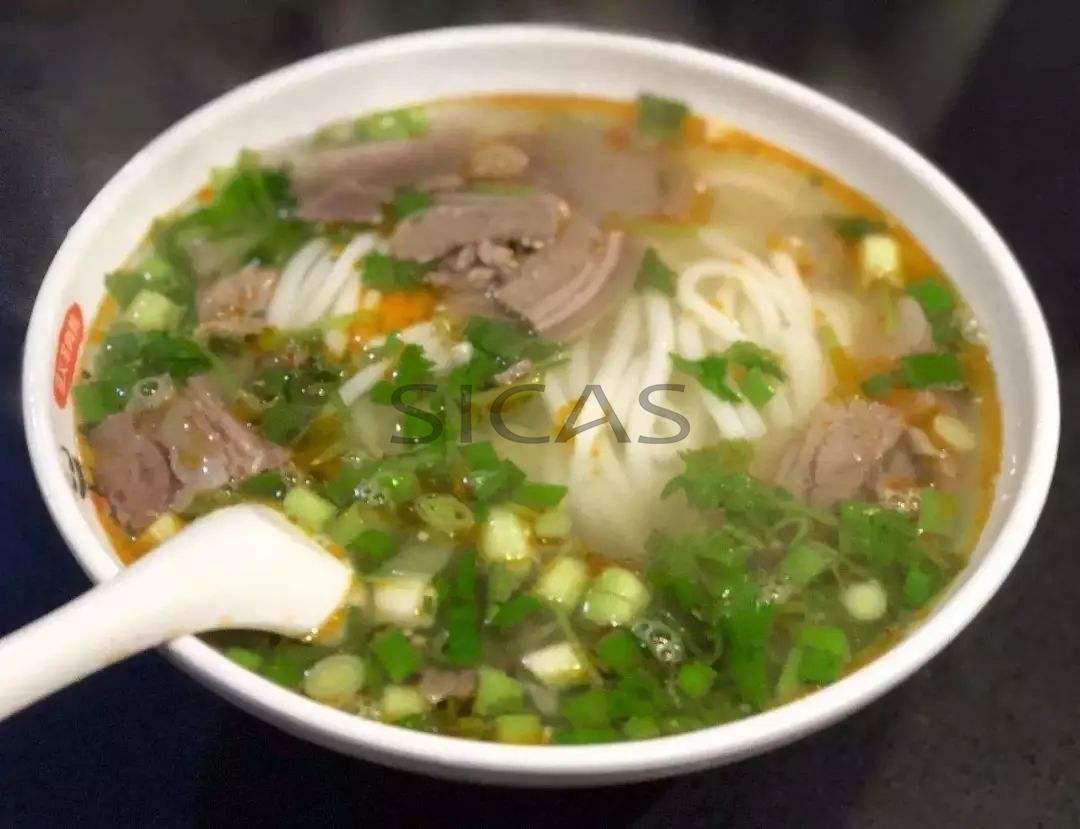
Today, though fewer families eat home-made rice cakes, people there still buy rice cakes for the Winter Solstice Festival.
